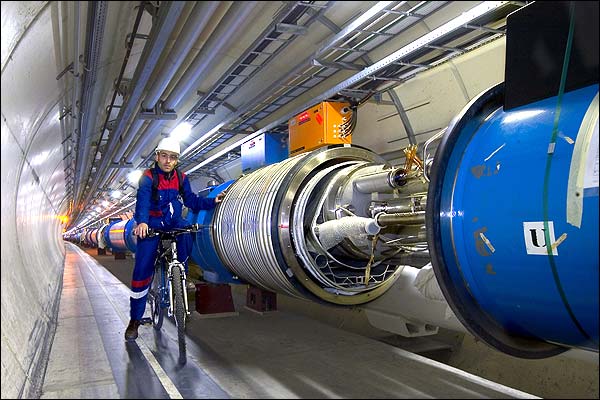 Photo: Fake friends: This screenshot shows real users who befriended a bogus Facebook user created by George Petre and colleagues. Credit: BitDefender
Photo: Fake friends: This screenshot shows real users who befriended a bogus Facebook user created by George Petre and colleagues. Credit: BitDefender From Technology Review:
They get results by exploiting a social network's trusting environment.
As users have flocked to social networks, so, inevitably, have spammers. And according to a recent experiment, users are much more receptive to spam sent via a social network than over e-mail.
Read more ....
















